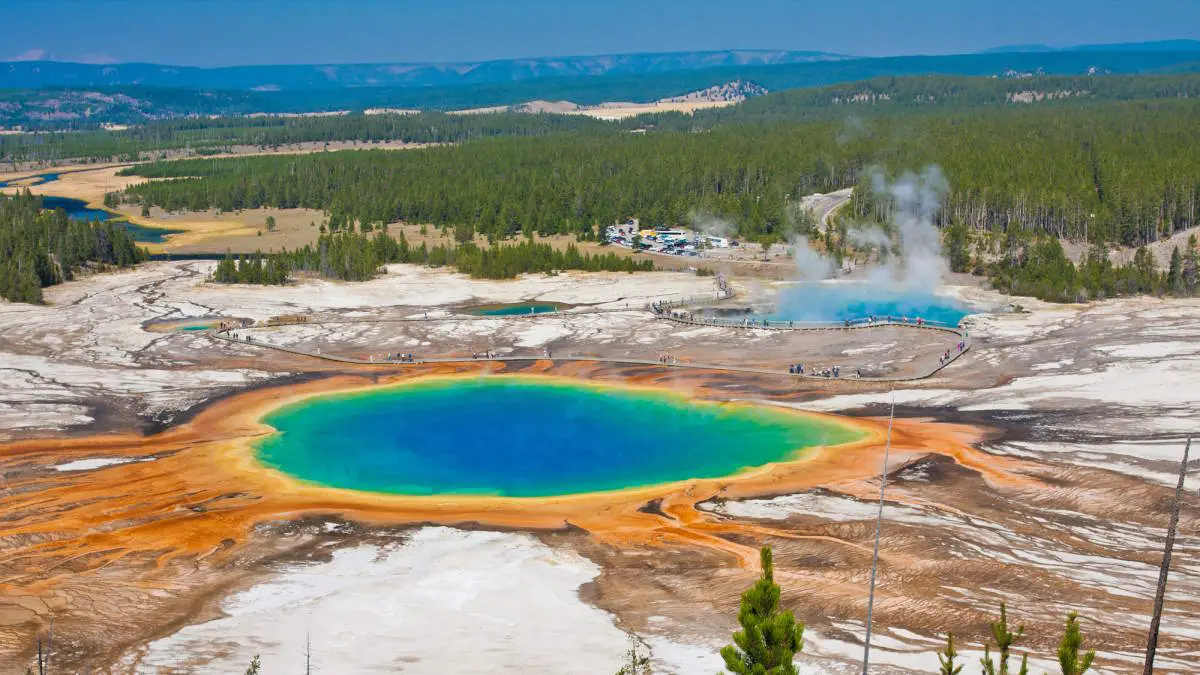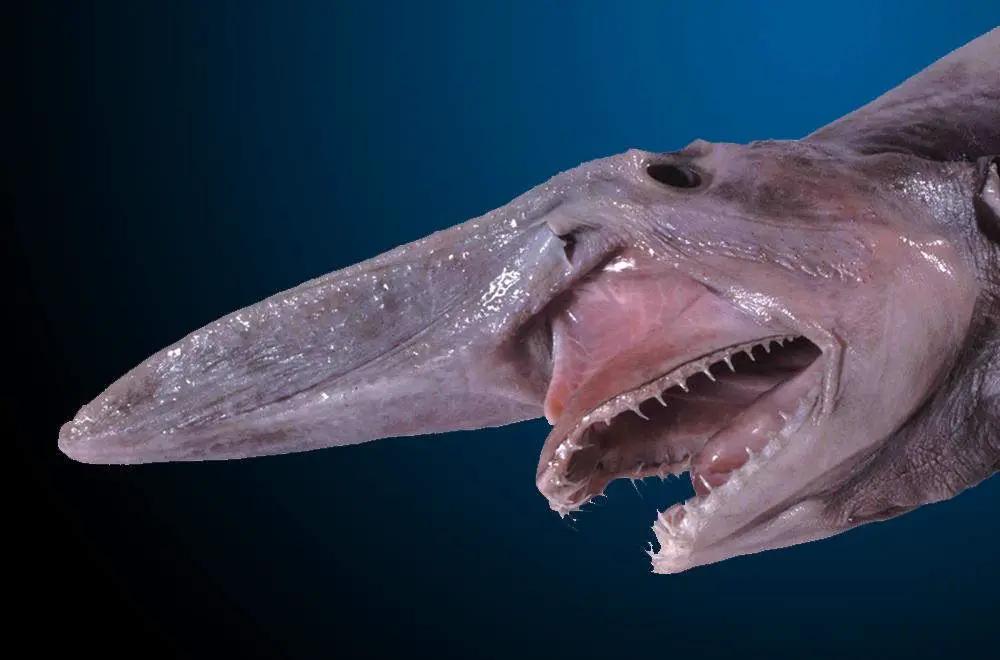The Earth is the only planet we know of that can support life in the cold, vast space. It seems we’re extremely lucky because our planet has a lot of unique characteristics that make life possible on it. But, interestingly, it also seems “where life can evolve, it will”. From the scorching heat of volcanic springs to the intense pressure of ocean depths, life adapts and thrives in settings once deemed uninhabitable. Explore the ten most extreme environments where nature defies limits, revealing the adaptability and tenacity of life in our planet’s harshest conditions. This journey unveils the incredible extremophiles, organisms that redefine our understanding of survival and resilience in Earth’s most challenging locales.
Life in Earth’s Harshest Habitats: The Most Extreme Places where Life can be Found on Earth
These habitats, ranging from the unfathomable depths of the ocean to the boiling hotspots of terrestrial geysers, are Earth’s natural wonders. They are not just geographical marvels but also thriving ecosystems for extremophiles – organisms specialized for life in harsh conditions [see notes 1]. Each location is a unique story of survival, challenging our conventional wisdom about where and how life can exist.
1. Volcanic hotspots [i.e. Yellowstone National Park]
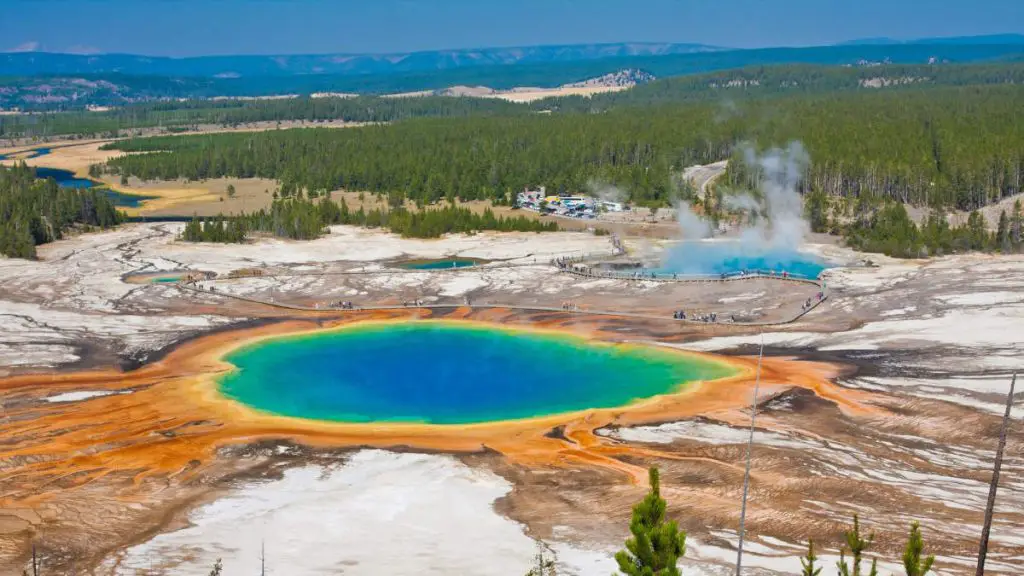
Yellowstone National Park, sprawling across Wyoming, Montana, and Idaho, is a testament to Earth’s fiery interior. Resting atop a massive volcanic hotspot, the park is famous for its geothermal activity. Magma simmers just beneath the surface, heating the park’s numerous springs and geysers. In the heart of these springs, water temperatures soar to a scalding 87 °C (189 °F).
Contrary to past beliefs that life couldn’t exist in such extreme conditions, these hot waters are brimming with life. Specialized bacteria, known as thermophiles, not only survive but thrive in these boiling habitats. These microorganisms are a key to understanding life’s adaptability, offering clues about how life could exist in similar extreme environments beyond our planet.
Yellowstone is a UNESCO World Heritage Site.
2. Mariana Trench [The deepest point of the oceans]
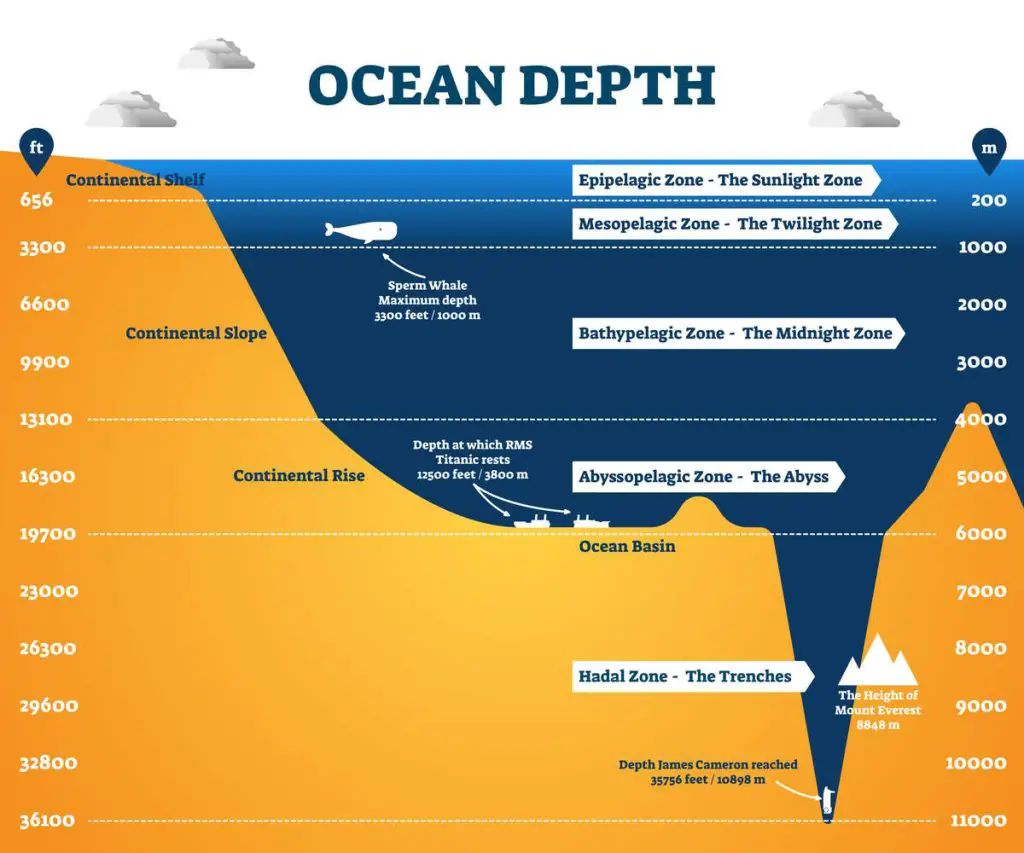
Plunging to a staggering depth of approximately 10,994 meters (36,069.55 feet), the Challenger Deep in the Mariana Trench holds the title of the deepest known point in Earth’s oceans. Here, in this abyssal zone, the water column exerts a colossal pressure of about 1,086 bars (15,750 PSI) – over a thousand times greater than the atmospheric pressure at sea level.
These extreme conditions twist and warp proteins, presenting an environment that seems utterly inhospitable to life. Yet, astonishingly, life persists even here. Researchers have discovered giant amoebas and oil-consuming bacteria in the trench’s sediment, defying the intense pressure and darkness. These organisms are not just surviving; they are thriving, revealing the remarkable resilience and adaptability of life in the planet’s most pressurized, dark depths.
3. Bubbling lakes of hot tar
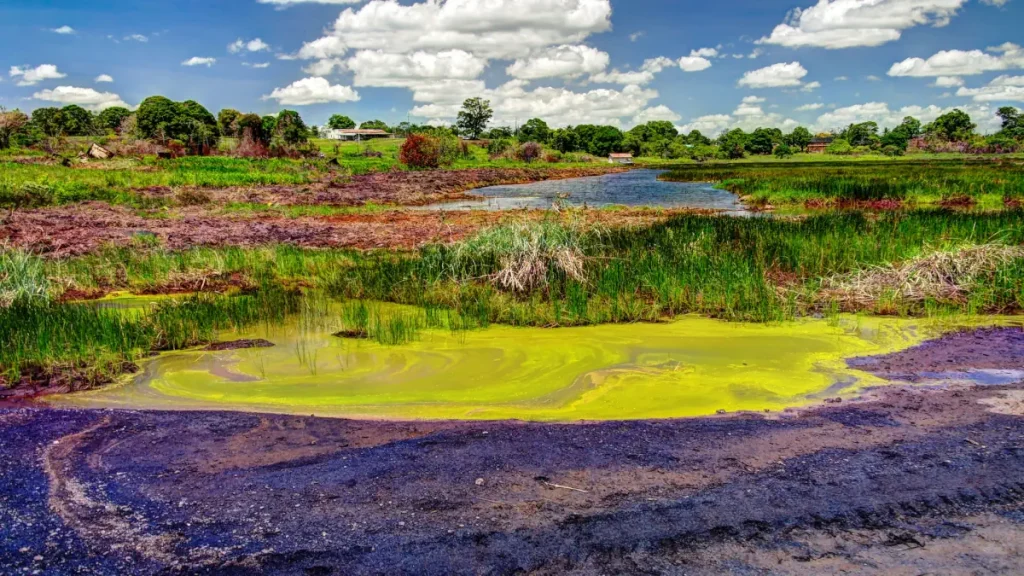
Imagine a lake not of water, but of boiling tar – such is the surreal landscape of Pitch Lake in Trinidad, the world’s largest natural asphalt lake. This sticky, black expanse might seem the last place to find life, yet each gram of its gooey substance is home to up to 10 million microbes.
These extremophiles thrive in an environment most would deem uninhabitable, with populations ranging from 1 to 10 million cells per gram. Pitch Lake isn’t alone in its uniqueness; the La Brea Tar Pits in Los Angeles, the McKittrick and Carpinteria Tar Pits in California, and Lake Guanoco in Venezuela are also remarkable havens for these resilient microorganisms. These sites underscore the extraordinary adaptability of life, flourishing even in the most vicious and inhospitable environments on Earth.
4. Active lava beds [i.e. Africa’s Danakil Depression]
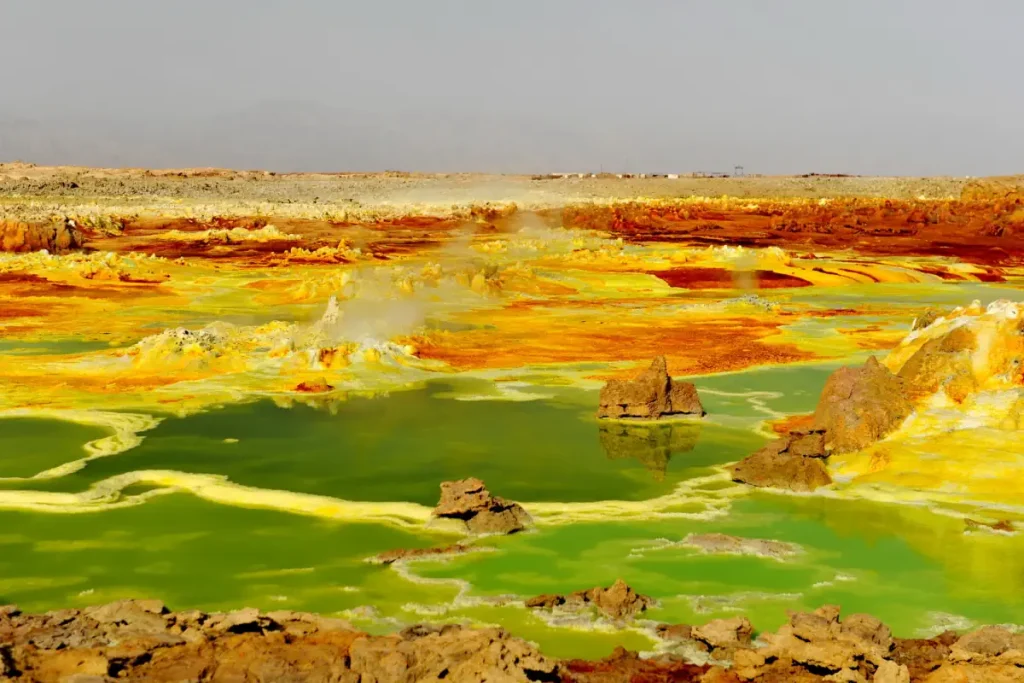
Venture into the Danakil Desert of Africa, often referred to as the “gateway to hell”, and witness a landscape dominated by active lava beds and relentless heat. This desert is notorious for its extreme conditions, with daytime temperatures frequently exceeding 50 °C (122 °F), ranking it among the hottest places on Earth.
Amidst its hostile environment of volcanoes, acidic springs, hydrothermal pools, and salt lakes, life remarkably persists. Here, in one of the most inhospitable terrains, resilient bacteria have found a way to survive. These microorganisms aren’t just any life forms; they are some of the oldest known to our planet, providing a living window into Earth’s primordial past and demonstrating the extraordinary endurance of life under extreme conditions.
5. Permafrost: Life in the Deep Freeze
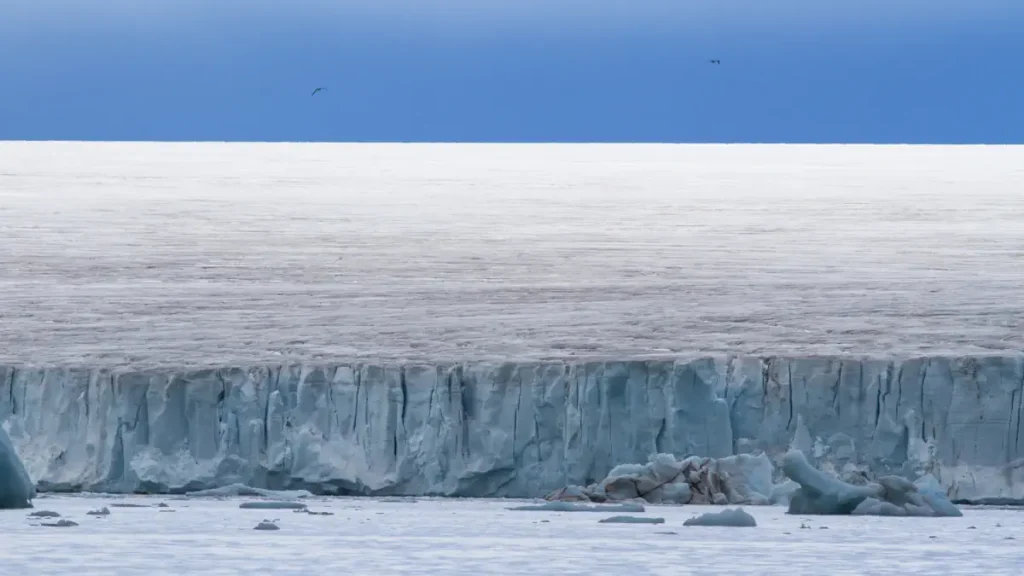
Delve into the icy realms of the Earth’s permafrost, a realm more ancient than time itself, with sections over five million years old. Permafrost, defined in geology as ground that remains at or below the freezing point of water for at least two years, is predominantly found in the high latitudes of the Arctic and Antarctic. However, it also exists at lower latitudes in alpine regions.
This frozen ground is not just a barren wasteland; it’s a treasure trove of biological history. Permafrost acts as a natural freezer, preserving organic molecules, bacteria, viruses, and fungi for millennia. Intriguingly, life in this frigid environment could present future challenges.
Scientists have discovered RNA fragments of the 1918 Spanish flu virus in bodies buried in Alaska’s tundra, raising concerns about the re-emergence of ancient pathogens as the permafrost thaws. This highlights the permafrost’s role as both a preserver of the past and a potential harbinger of future biological discoveries and challenges.
6. Bottom of the gold mines
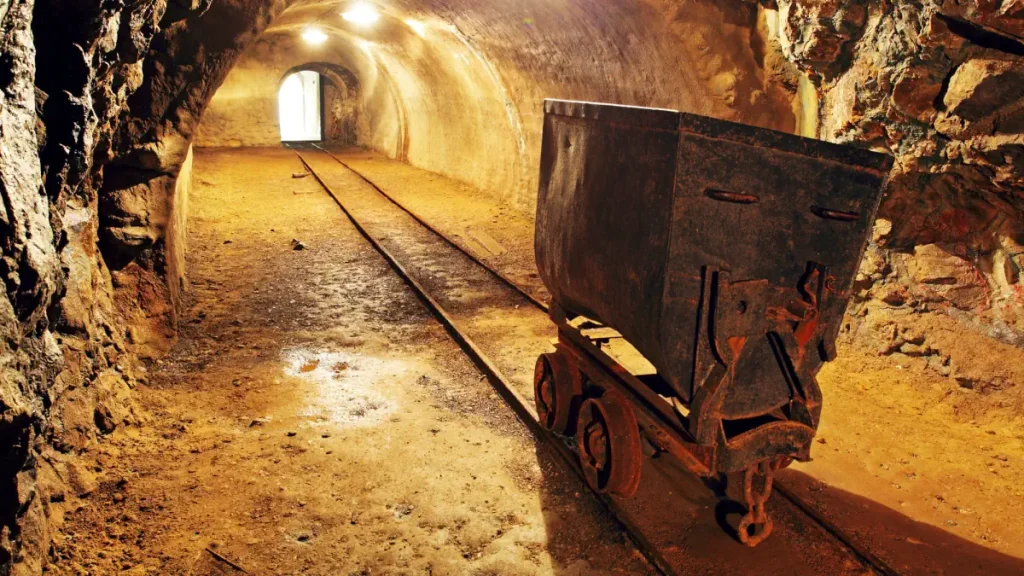
Descend into the depths of South Africa’s gold mines, nearly 2 miles (3.2 km) below the surface, and you’ll encounter an environment as alien as it is fascinating. In these profound depths, where temperatures soar to 60 °C (140 °F), life seems an impossibility.
Yet, a remarkable form of bacteria has not only adapted but thrived in these sweltering, lightless depths. These microorganisms have been isolated from the surface world for millions of years, subsisting solely on nutrients from rocks undergoing radioactive decay – a process where unstable atomic nuclei break down, releasing energy.
This discovery of life in the deep gold mines challenges our understanding of the limits of life on Earth and reveals the remarkable resilience of life in the face of extreme heat and radioactivity.
7. In the Radioactive waste
![Most extreme places life can be found on Earth: Dry cask storage [radioactive waste]](https://cdn-0.ourplnt.com/wp-content/uploads/2021/08/Dry-cask-storage.webp)
Deinococcus radiodurans is an extremophilic bacterium, one of the most radiation-resistant organisms known: it is capable of withstanding an acute dose of 5,000 grays (Gy), or 500,000 rad, of ionizing radiation with almost no loss of viability, and an acute dose of 15,000 Gy with 37% viability.
For comparison, 4 grays or 400 rads is normally enough to kill 50% of humans. 10 grays or 1,000 rads can kill pretty much everybody.
Deinococcus radiodurans can also survive cold, dehydration, vacuum, and acid, and is therefore known as a polyextremophile and has been listed as the world’s toughest bacterium in The Guinness Book Of World Records.
8. Inside Chernobyl’s damaged nuclear reactor
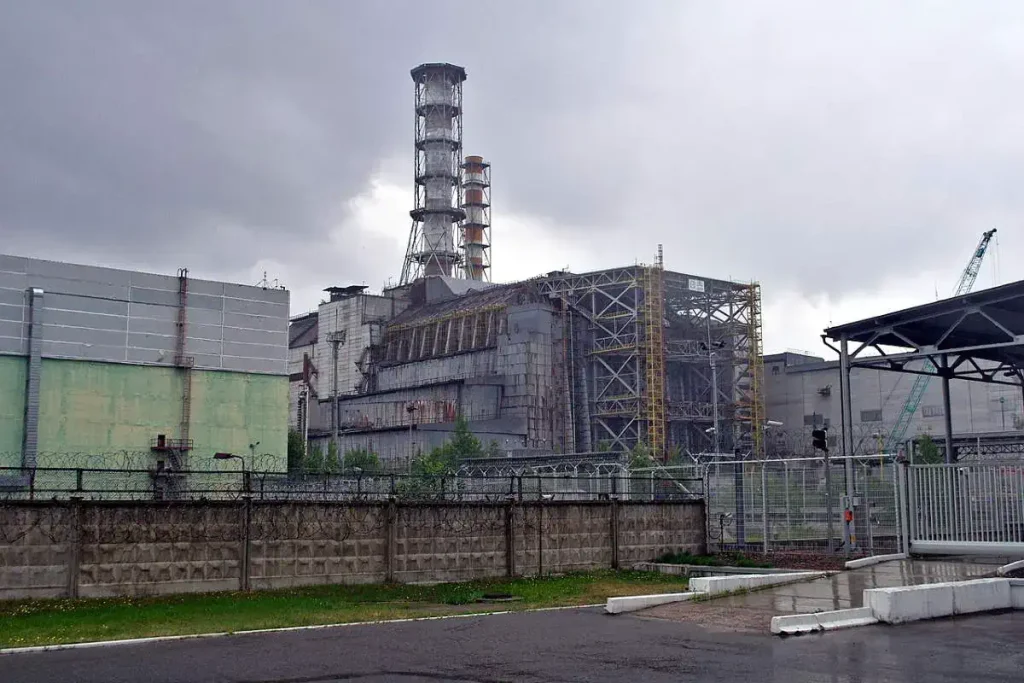
In the shadow of the 1986 Chernobyl nuclear disaster, the worst in history, an unexpected form of life was discovered within the ruins of the power plant. Amidst the high levels of radiation in the damaged nuclear reactor, a black fungus known as “Radiotrophic fungi” was found thriving on the walls in 1991.
These fungi perform a remarkable feat, using melanin – the same pigment that colors human skin – to convert deadly gamma radiation into chemical energy for growth.
This extraordinary adaptation not only highlights the resilience of life in the face of nuclear catastrophe but also opens new avenues for understanding how life can harness radiation, a finding with profound implications for both science and our quest to explore other, radiation-rich environments in the universe.
9. The Dead Sea: A Salty Sanctuary for Microbes
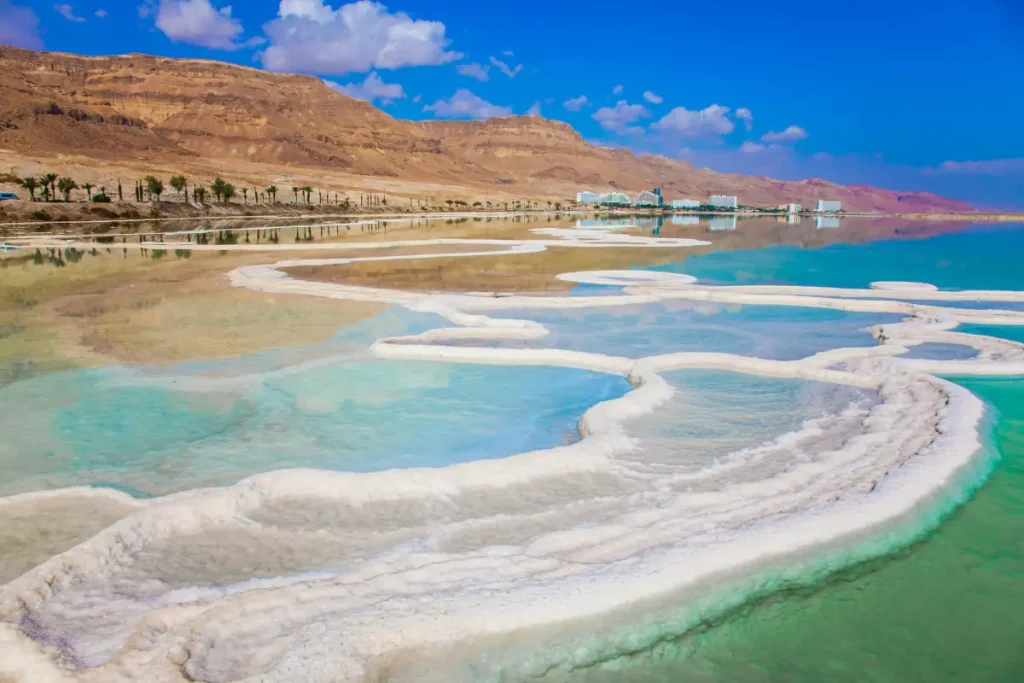
The Dead Sea, renowned as one of the saltiest bodies of water on Earth, presents an environment so saline and harsh that it defies the survival of most known life forms. With salinity levels reaching about 34.2%, it creates a habitat so extreme that conventional marine life cannot endure.
However, in this hyper-saline environment, certain resilient microbes have carved out a niche for themselves. These salt-loving extremophiles, known as halophiles, not only survive but thrive in the Dead Sea’s briny waters. They have adapted to the intense salinity that would be lethal to most organisms, showcasing the incredible versatility of life.
The existence of these microbes in such a challenging environment provides valuable insights into the adaptability of life under extreme conditions and raises intriguing questions about the possibility of life in similarly harsh environments elsewhere in the solar system, like on the moons of Jupiter and Saturn.
10. McMurdo Dry Valleys of Antarctica [World’s Driest Place]
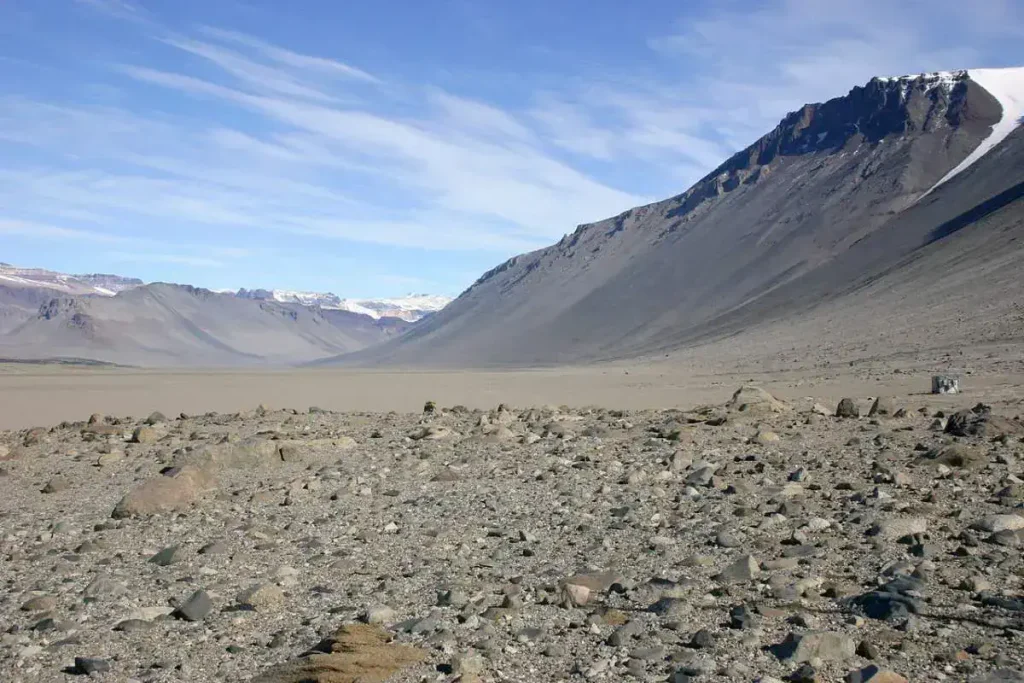
In the heart of Antarctica lie the McMurdo Dry Valleys, the driest and one of the most extreme deserts on our planet. This seemingly lifeless and icy wasteland is defined by its extreme cold and winds that can howl at speeds up to 320 kilometers per hour (200 mph).
Yet, in this stark and arid landscape, a surprising discovery reveals the tenacity of life: the valleys’ soil is teeming with microbial communities.
In 2009, scientists unearthed a 1.5-million-year-old microbe community, offering a glimpse into ancient life forms that have withstood the test of time. The existence of these microbes in such a dry and cold environment not only challenges our understanding of life’s boundaries but also inspires hope for extraterrestrial life.
The McMurdo Dry Valleys, with conditions similar to what we might find on Mars, serve as a natural laboratory for astrobiologists, providing clues about how life might exist on other planets.
This discovery underscores life’s incredible adaptability and resilience, even in the most inhospitable corners of Earth, and fuels our curiosity about the potential for life in similarly extreme environments beyond our world.
Conclusion
For centuries, the understanding of life’s potential was confined to a narrow spectrum of conditions, deemed essential for its existence and evolution. We believed that life needed specific, mild environments to flourish. However, as we delve deeper into Earth’s most extreme and hostile environments, our perceptions are being dramatically reshaped.
The discovery of life in places once considered uninhabitable – from scorching volcanic springs to the bone-chilling cold of Antarctic deserts, from the crushing depths of ocean trenches to the toxic embrace of radioactive sites – has not only expanded our understanding of life’s resilience but also redefined the very parameters of where life can exist.
These remarkable findings do more than just showcase the adaptability of life on our planet; they propel our imaginations and scientific quests beyond Earth. As we uncover life thriving in Earth’s harshest conditions, it fuels our speculation and hopes about extraterrestrial environments. Planets and moons, once thought barren and lifeless, now emerge as potential havens for life, challenging us to rethink our place in the universe and the unique or perhaps not-so-unique conditions of our own planet.
This journey into Earth’s extremities is a testament to life’s incredible capacity for adaptability and survival. It also serves as a reminder of our responsibility to understand and protect these unique ecosystems, as they hold the keys to unraveling mysteries both on our planet and beyond.
The exploration of these extreme environments not only enriches our knowledge but also humbles us, highlighting the resilience and persistence of life in the face of overwhelming odds. As we continue to explore, both on Earth and in space, we keep expanding the frontiers of what we know about life, its origins, and its possibilities, making each discovery a step towards unraveling the grand tapestry of the cosmos.
Notes
- An organism that can endure extreme conditions is called an extremophile (from Latin extremus meaning “extreme” and Greek philiā (φιλία) meaning “love”). The environmental conditions for extremophiles to grow optimally are considered extreme in comparison to the environmental conditions that are comfortable for humans.
Sources
- Yellowstone National Park on Wikipedia
- Mariana Trench on Wikipedia
- “Giant “Amoebas” Found in Deepest Place on Earth” on the National Geographic website
- Extremophile on Wikipedia
- The Danakil Desert on Wikipedia
- Deinococcus radiodurans on Wikipedia
- “Scientists Say They’ve Found a Place on Earth Where No Life Can Thrive” on Science Alert
- What is Permafrost? on the NASA Climate Kids website
- Moon Landings: All-Time List [1966-2025] - February 2, 2025
- What Is Max-Q and Why Is It Important During Rocket Launches? - January 16, 2025
- Top 10 Tallest Rockets Ever Launched [2025 Update] - January 16, 2025
